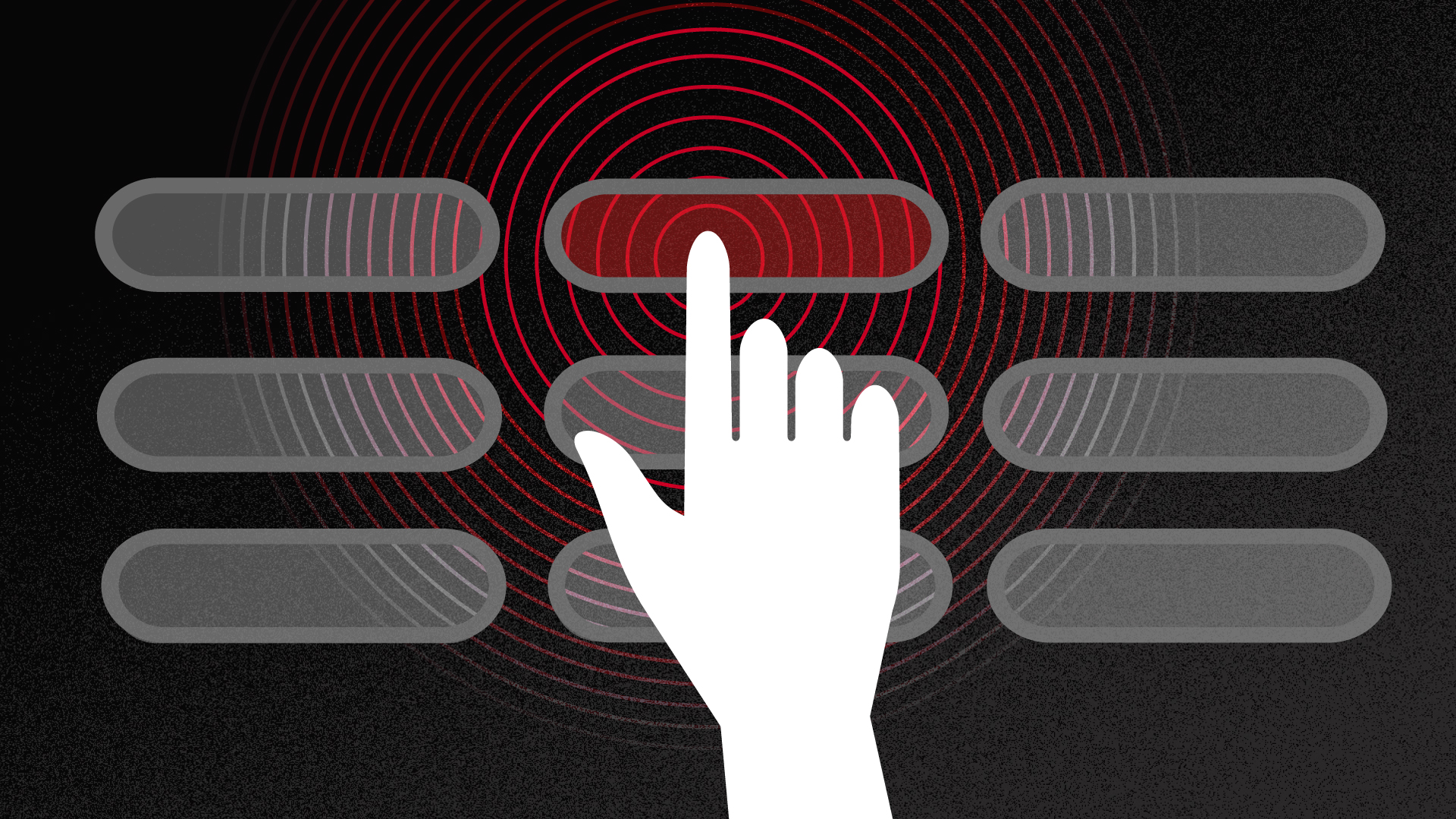
The rules of healthcare engagement have changed. Today’s consumers aren’t waiting to be told what to do. They’re actively navigating care options, questioning providers, proactively managing risk factors and demanding experiences that align with their values—not just their symptoms. This isn’t a passing trend. It’s a permanent shift, and it’s rewriting the playbook for healthcare marketing.
Consumers in Control
Empowered by digital access and shaped by personal experience, consumers now expect more from the healthcare industry and from the brands behind it. They want transparency, convenience, and personalization. Most importantly, they want to be heard and engaged in treatment decisions.
Gone are the days when patients simply followed doctors’ orders. Today, they research symptoms on TikTok, compare providers online, and crowdsource second opinions. They’re not just looking for care; they’re looking for a partner.
Trust in healthcare institutions has also taken a significant hit since the pandemic. Public health messaging became politicized. Misinformation spread quickly. As a result, many consumers have grown skeptical of traditional “authorities.” Brands now have to work harder—and smarter—to earn attention and credibility.
Ditch the Top-Down Model
Old-school, top-down marketing doesn’t cut it anymore. Brands can’t just talk at consumers. They need to connect with them. That means showing up with authenticity, listening closely, and building messaging that reflects real needs, not just clinical claims.
At ChappellRoberts we’ve worked with renowned healthcare brands locally, regionally and beyond for two decades. We’ve seen firsthand how results are realized when the audience is prioritized and, more importantly, understood. For one of our statewide healthcare clients, they experienced a nearly 32% lift in “willingness to choose” metrics following a decision-maker focused campaign.
These outcomes are our specialty — helping healthcare organizations meet people where they are. Emotionally. Digitally. Physically. We don’t guess. We get granular. Then we build strategies that actually resonate.
Focus on the Real Decision-Makers
Everyone is technically a healthcare consumer—but not everyone drives the decisions. That role belongs to about 35 million Americans, predominantly women (77%), ages 35 to 54. These are the family schedulers, researchers, and budget gatekeepers.
They’re juggling jobs, raising kids, managing elder care, and navigating benefits. What drives them?
- Safety: Keeping their families protected is a top priority.
- Care: They lead with empathy and expect the same in return.
- Reliability: Trust matters. So does follow-through.
Marketing that speaks to their values is marketing that earns their attention.
Go Beyond Demographics
Demographics are the starting point, not the destination. To connect meaningfully, you need to understand motivations, beliefs, fears, and aspirations. Psychographics are where the real insight lives.
At ChappellRoberts, we go deeper. We uncover:
- What conditions or concerns are top of mind
- How people prefer to consume health information
- How consumers make decisions about their treatment
- How financial factors influence healthcare decision-making
With tens of thousands of data points available, we create detailed and actionable audience profiles that reveal not just who your audience is, but how to reach them in ways that matter.
From Data to Impact
Insight is only powerful if it drives results.
We turn research into strategy, and strategy into action. That could mean creating educational content around a misunderstood condition, designing retargeting strategies that boost appointments, or writing messaging that balances clinical credibility with real human connection.
It’s not about more noise. It’s about sharper signals.
When your message speaks to both the head and the heart, people listen—and act.
Let’s Make it Matter
Healthcare marketing isn’t just about visibility; it’s about building belief. And belief starts with understanding.
If you’re ready to put real consumer insight at the center of your strategy, we’re ready to help. Let’s create work that earns trust and drives patients’ growth today and into the future.
Ready to get started? Let’s talk.



